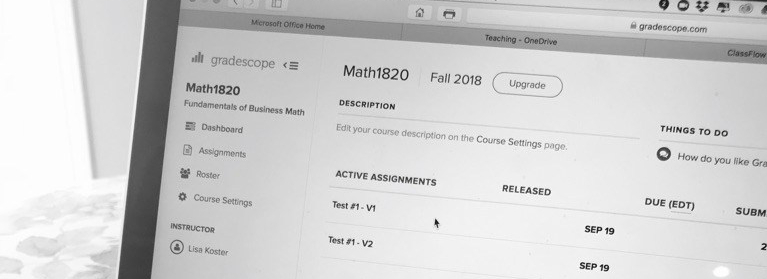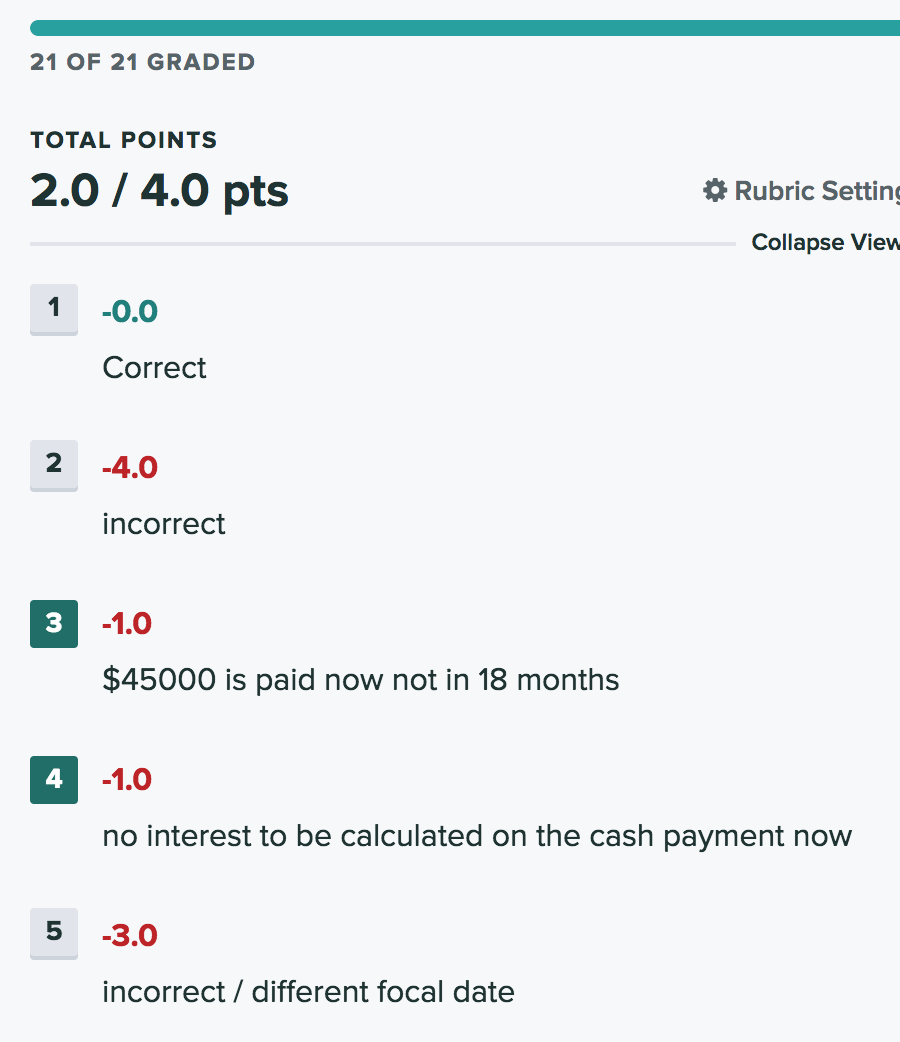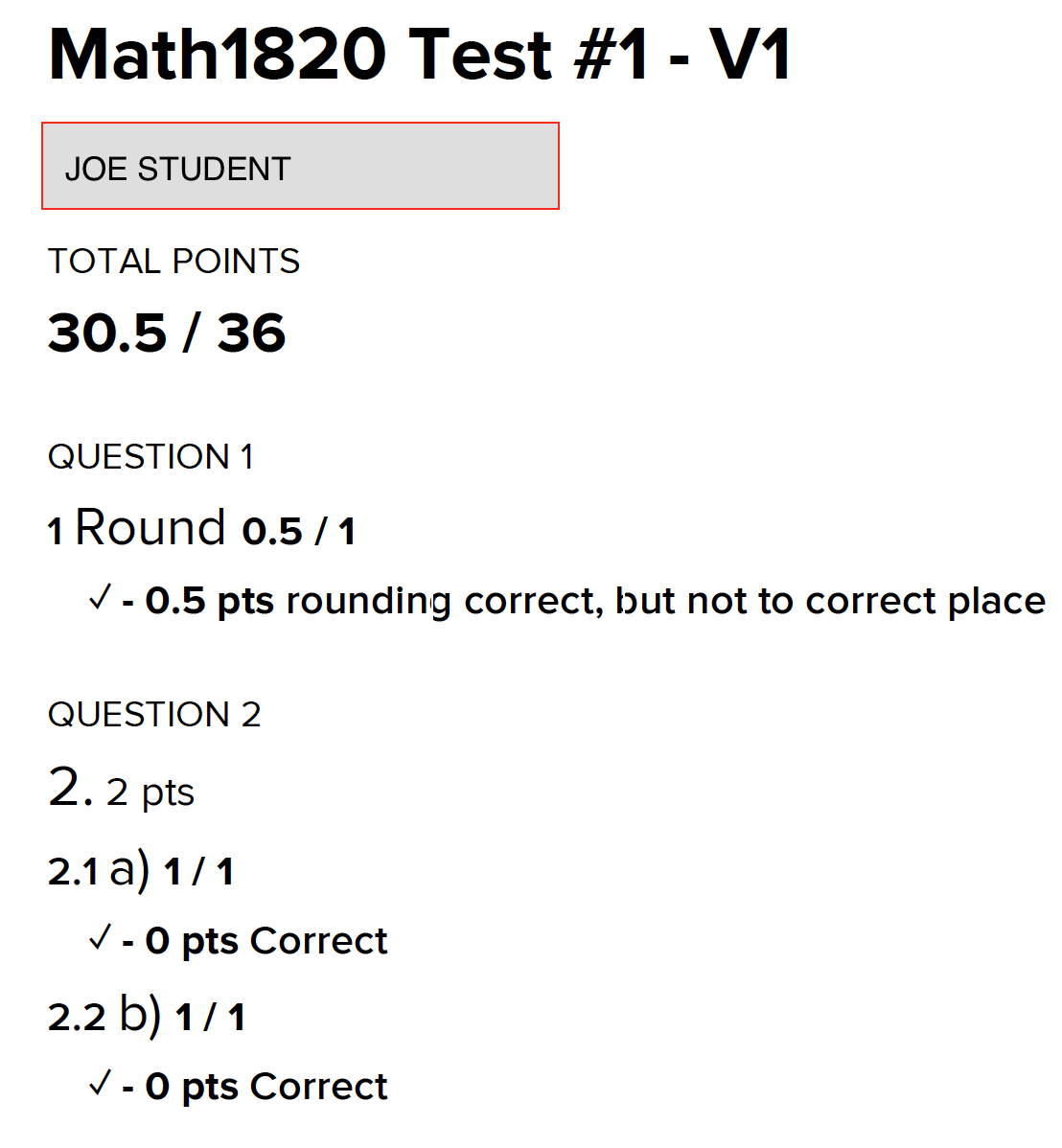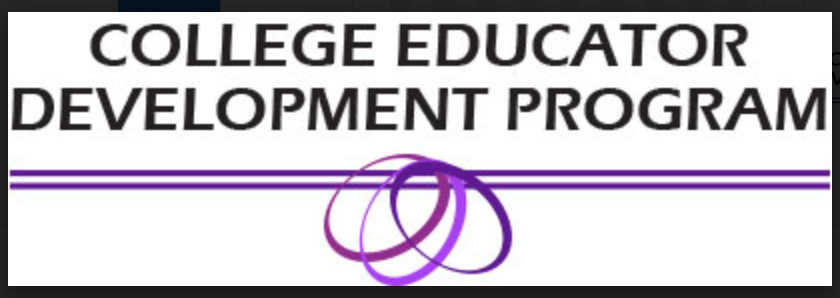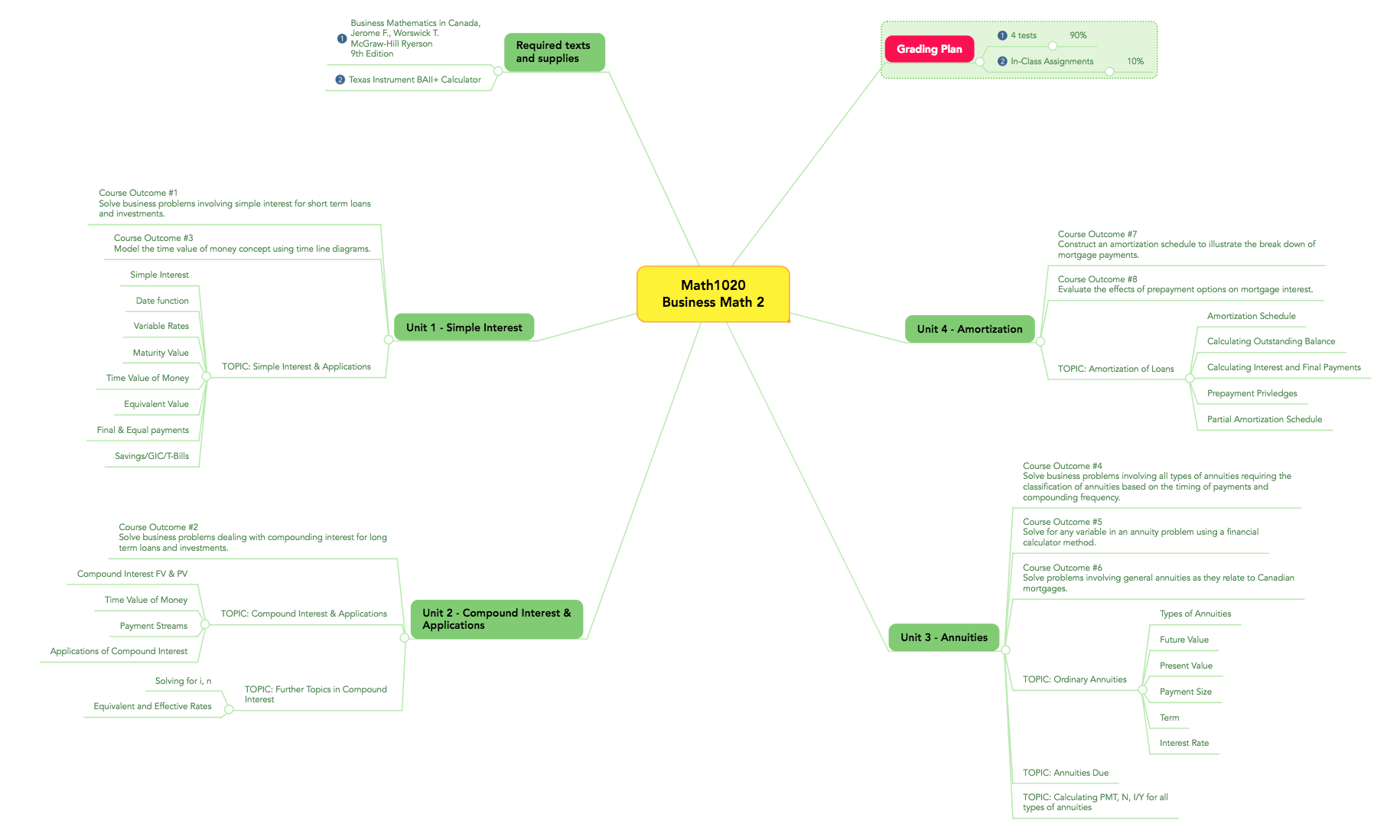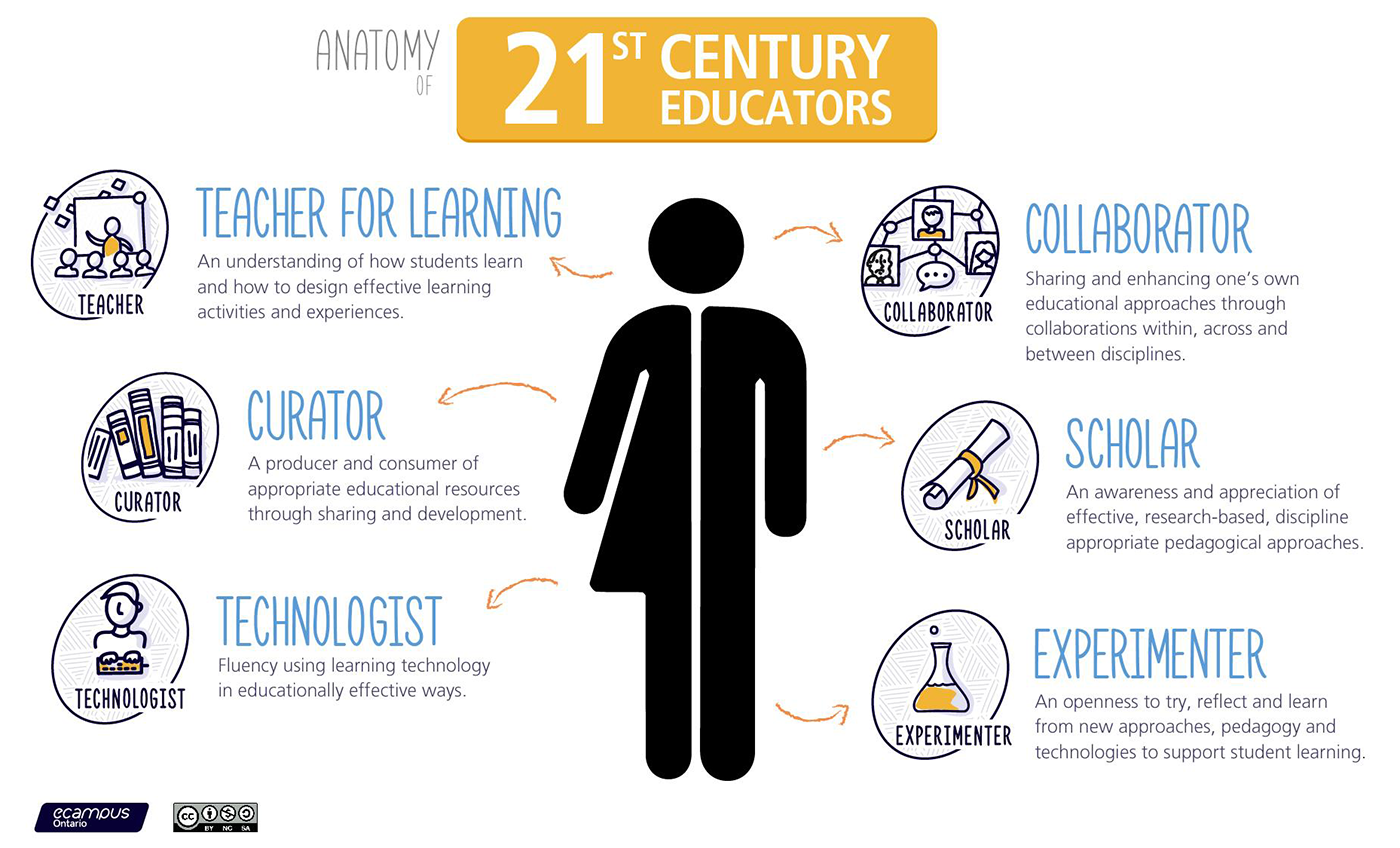 For the last few weeks I’ve been thinking about how to motivate my students. So many of them seem to walk out the door and leave math behind. I realize that students’ lives are busier than they ever have been. So many of them have families, full-time jobs, etc.. I try not to assign too much homework, but in math the best way to learn is to practice. To balance the homework, I try and have as much time as possible in class to work on problems. This way I’m there to help them if they need it. Either way, they need to allocate some time to learning and practicing math in order to succeed.
For the last few weeks I’ve been thinking about how to motivate my students. So many of them seem to walk out the door and leave math behind. I realize that students’ lives are busier than they ever have been. So many of them have families, full-time jobs, etc.. I try not to assign too much homework, but in math the best way to learn is to practice. To balance the homework, I try and have as much time as possible in class to work on problems. This way I’m there to help them if they need it. Either way, they need to allocate some time to learning and practicing math in order to succeed.
A majority of the students are International and I know that their backgrounds and experience with school vary and that add its own challenge.
I guess you could say I have two problems. In class and out of class.
Many of them don’t do the assigned homework questions and are constantly asking for extensions when I do assign work for marks. I find this to be a problem for all types of students, both international and domestic. The number of commitments that students have has increased and this makes is difficult to balance work/school.
During class, I try to assign seat work which can be an issue because a number of them don’t come prepared to write anything. No pencil/pen, calculator or paper. I’ve started printing out practice questions so they have something to work on. Even with something to write with/on, many sit there and wait until I take up the problem before writing anything (and some still don’t write anything). I walk around and I try and ask if they need help or prompt them to start the question by asking about it. That usually works (sometimes). Not all my students are like this. I have some that work very hard for every mark they get.
The other issue I have in class is lateness. I won’t spend much time on this as Denise Nielson has already dealt with this issue in her blog post: https://nielsenportfolio.wordpress.com/2018/10/11/knock-knock/.
What’s frustrating is some of these students who don’t do much work, come back at the end of the semester begging for second chances because they haven’t earned enough marks to pass the course. Some just straight up ask me to pass them.
I’ve looked around on the web. Thankfully there are a lot of Teaching and Learning Centres who have great resources on their websites to help out. I’ve been thinking of starting a list.
I’ve tried some of the suggestions, such as adding in-class assessments at the beginning or end of class to encourage students to get to class on time and/or stay until the end of class. I make a point of tying course material to real examples. However, I think I will work to find better, more relevant examples to help students to make connections.
One particular class loves to talk. I am going to try cooperative learning to see if working in a group on problems might get everyone participating.
I also like to know what others have done. I would love it if you would share some of your wisdom and tips that worked for you.


